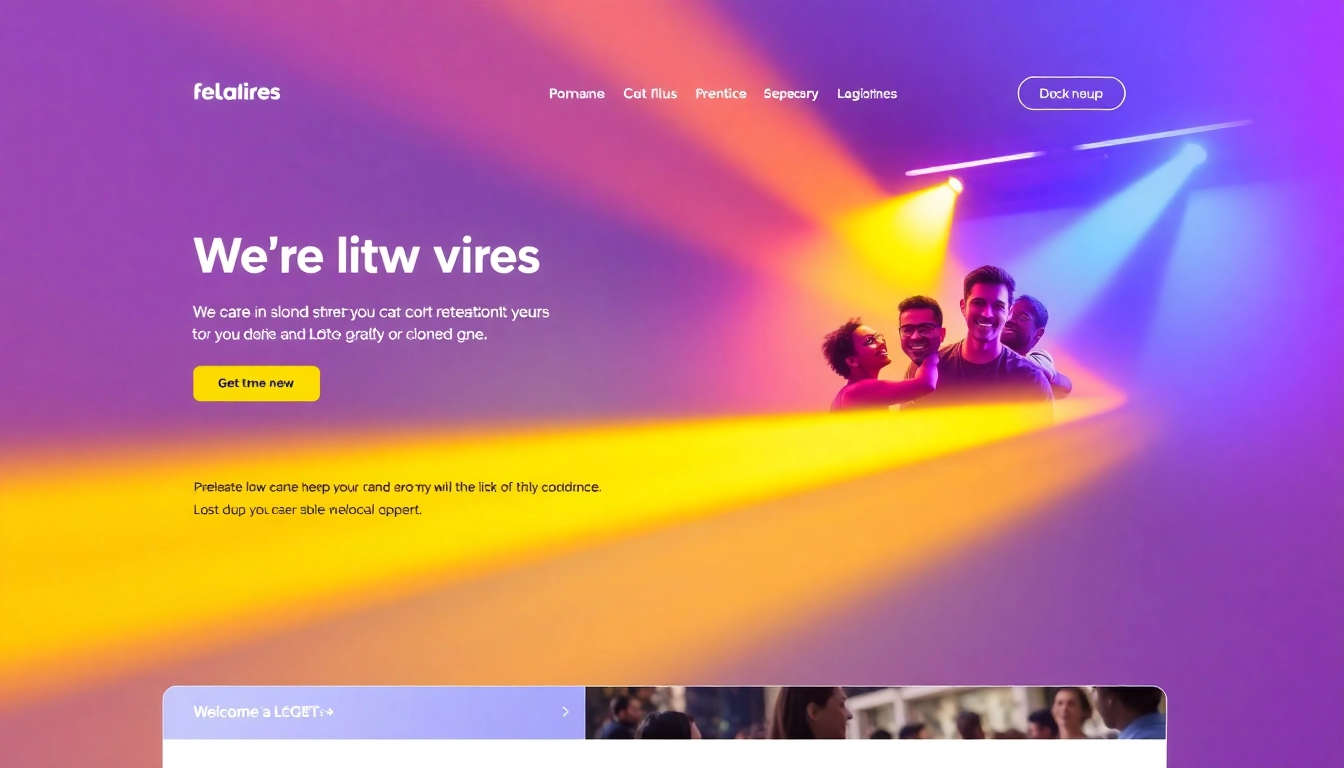Enhancing Transparency and Cultural Integrity: Digital Reporting Systems and Community Engagement
In contemporary governance, fostering transparency and integrity remains paramount, especially in safeguarding cultural heritage. Initiatives such as the uus toto platform exemplify how digital systems can facilitate public participation in cultural preservation and anti-corruption efforts. This comprehensive article explores the multifaceted approach to reporting gratification and misconduct within cultural institutions, emphasizing the integration of technological tools, community involvement, and strategic policy implementation to reinforce trust and accountability in cultural management.
Introduction to Gratification Reporting and National Cultural Context
What is Gratification Reporting and Its Significance in National Culture
Gratification reporting pertains to the process by which individuals can communicate instances of bribery, corruption, or unethical conduct, especially within government agencies or cultural preservation entities. It plays a critical role in reinforcing national values of transparency, ethical behavior, and accountability. In Indonesia, for instance, fostering such practices aligns with Pancasila’s principles of social justice and integrity, ensuring that cultural heritage management remains free from illicit influences that could compromise its authenticity and preservation.
The Role of Digital Systems in Safeguarding Cultural Integrity
Digital whistleblowing and complaint mechanisms are transforming how institutions monitor and address misconduct. These platforms offer anonymity, convenience, and immediacy, encouraging more community members and stakeholders to report irregularities without fear of reprisal. For cultural institutions, such systems are vital in protecting both tangible and intangible cultural assets from illicit exploitation or neglect. They embed integrity into daily operations and foster a culture of openness that nurtures public trust.
Relevance of uus toto as a Public Service Platform
While “uus toto” is popularly recognized as an online platform for gaming, in the context of this discussion, it symbolizes the importance of accessible, reliable digital channels for public engagement. Effective platforms integrate comprehensive reporting features, informational resources, campaign notifications, and feedback mechanisms that empower citizens to participate actively in cultural and governance matters. Such digital tools facilitate widespread outreach and deepen community involvement in preserving cultural heritage.
Features and Procedures of the Reporting System in Digital Platforms
Comprehensive Guide to Filing Complaints and Procedures
To ensure effective utilization of digital platforms, users must understand the systematic process of lodging complaints. Typically, the procedure involves accessing the dedicated portal or application, completing a detailed report form, attaching supporting evidence, and submitting the complaint. For example, users can fill out online forms specifying the nature of gratification or misconduct related to cultural assets, providing details such as location, involved parties, and incident descriptions. Ensuring clarity and completeness enhances the effectiveness of investigations.
Steps to Become a Whistleblower and Its Benefits
Becoming a whistleblower involves several critical steps: maintaining confidentiality, documenting evidence, understanding legal protections, and submitting reports through secure channels. Whistleblowers play a vital role in exposing corruption or misconduct, thus safeguarding cultural assets and fostering accountability. Benefits include contributing to societal integrity, preventing illegal activities such as artifact smuggling, and gaining legal protections designed to shield them from retaliation. Encouraging responsible whistleblowing is essential for a healthy democratic environment.
Integrating Hotline Services and Social Media for Accessibility
Complementary communication channels like hotlines, social media platforms, and messaging apps are integral to broadening reach. Many institutions promote dedicated hotlines or social media pages where complaints can be directed swiftly. This multi-channel approach ensures that diverse demographic groups—especially those less digitally literate—can participate actively. For instance, social media campaigns can raise awareness about the importance of reporting and disseminate instructional content for filing complaints effectively.
Building Trust and Community Participation in Cultural Preservation
Strategies for Promotion and Outreach of ZI-WBK Campaigns
To galvanize societal participation, targeted promotional strategies are vital. These include social media campaigns, community workshops, collaboration with local leaders, and dissemination of informative infographics about ZI-WBK (Zero Tolerance Toward Corruption, Open Government). These campaigns should emphasize transparency benefits, protection for whistleblowers, and the importance of cultural heritage. Regular updates on successful reports and institutional responses reinforce credibility and motivate ongoing engagement.
Role of PAK SASTRO in Enhancing Public Service Quality
PAK SASTRO, an acronym for Pelayanan Kualitas Bebas Sabar, Sopant, Terintegrasi, and “Ora mbayar,” embodies a philosophy of service excellence rooted in Surrender, Patience, Integration, and a no-cost approach. It signifies a commitment to providing high-quality, accessible public services that foster trust in government agencies, including cultural preservation bodies. Applying PAK SASTRO principles ensures that community reports are handled transparently and efficiently, reinforcing the integrity of cultural agencies.
Evaluating the Effectiveness of Complaint Systems and Community Engagement
Assessing the success of digital reporting systems requires specific metrics such as the number of reports received, resolution times, community satisfaction levels, and qualitative feedback. Regular audits, surveys, and performance analytics help identify bottlenecks and opportunities for improvement. Transparency regarding these evaluations fosters trust and demonstrates the agency’s commitment to public accountability.
Leveraging Technology and Digital Content to Support Reporting and Engagement
Utilizing Infographics and Online Forms for Efficiency
Effective visual communication, through infographics, simplifies complex procedures and highlights critical information, thus encouraging more users to report grievances. Online forms should be user-friendly, available in multiple languages, and accessible via desktops and mobile devices. Streamlining the submission process reduces barriers and encourages higher participation rates.
Optimizing Websites and Social Media as Communication Channels
Websites like uus toto serve as central hubs for information dissemination and complaint registration. Ensuring these platforms are intuitive, mobile-compatible, and regularly updated with news, success stories, and FAQs enhances user trust. Active social media accounts allow real-time updates, interactive Q&A sessions, and outreach to target demographics, thereby fostering a vibrant community of engaged citizens.
Applying Data Analytics for Continuous Improvement
Analyzing complaint data provides insights into recurring issues, geographic hotspots of misconduct, and systemic weaknesses. Advanced analytics tools can track reporting trends and outcomes, enabling agencies to adapt strategies proactively. Feedback loops—such as community surveys post-resolution—are vital for improving service quality and accountability.
Strengthening Cultural Heritage Preservation through Digitalization and Community Collaboration
The Role of Society in Cultural Preservation
Public participation is the cornerstone of effective cultural preservation. Citizens are encouraged to report findings of historical artifacts, illegal excavations, or misuse of cultural sites via digital systems. Educational campaigns highlight the importance of respecting cultural diversity and heritage, fostering a sense of shared responsibility among community members.
Government-Community Partnerships via Digital Platforms
Collaborative frameworks facilitate the exchange of information and resources between government agencies and local communities. Initiatives may include online training for cultural sensitivity, digital volunteer programs for site monitoring, and crowd-sourced documentation efforts. These partnerships enhance reach and ensure that preservation efforts resonate with local values and traditions.
Future Directions and Strategic Steps
To sustain these efforts, strategic plans should incorporate continuous technological upgrades, expanded outreach programs, and policy reforms that institutionalize transparency and public accountability. Emphasizing education, technological innovation, and inclusive participation will ensure the resilience and vibrancy of Indonesia’s rich cultural heritage.



